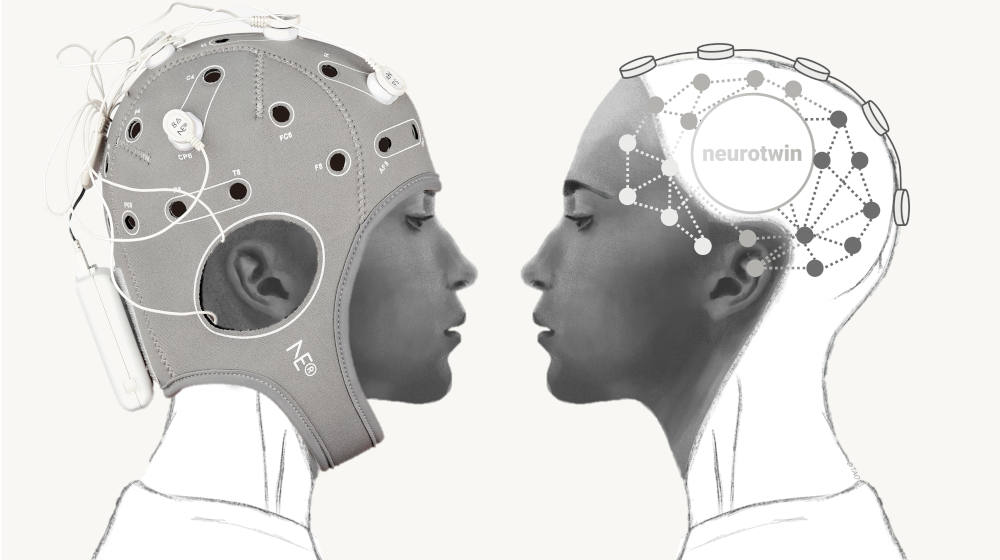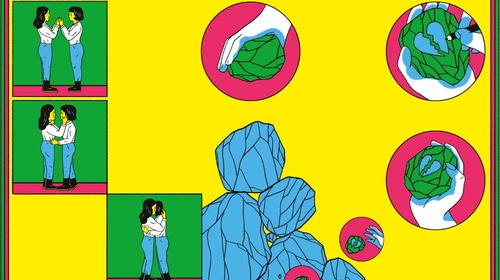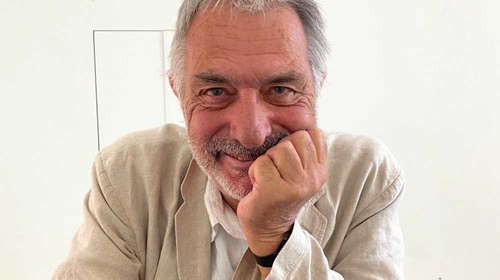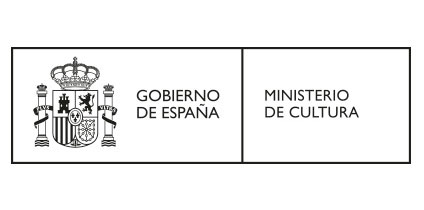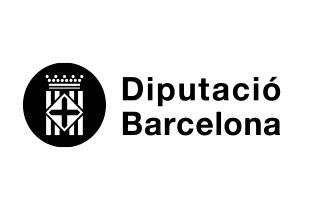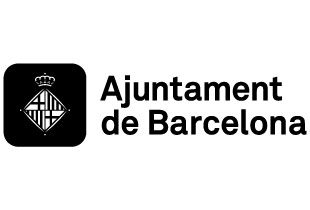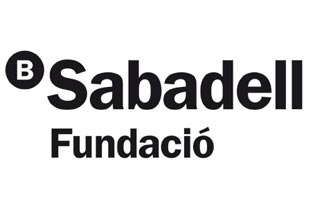Brain(s)
Neurotwins, digital twins of human brains
How to combat neurological disease by means of virtual representations of the human brain
Courses and workshops
Free with pre-booking
Did you know that modelling digital twins of human brains can be useful to combat diseases like epilepsy or Alzheimer’s? Roser Sánchez-Todo, Research Director at Neuroelectrics, will be talking about it and presenting two examples of how to improve the treatment of neurological pathologies using non-invasive stimulation.
In this session, organized in the framework of the exhibition Brain(s), biomedical engineer Roser Sánchez-Todo uses two practical cases to explain how the use of neurotwins—personalized virtual representations of the human brain—can be useful in combating some neurological pathologies. The presentation is organized in the framework of the exhibition Brain(s) at the CCCB, where you’ll be able to see a model of the helmet used in the Neurotwin European research project to look at restoring brain health through the use of customized brain models and non-invasive, high-definition electrical brain stimulation. Personalized brain models can gain new insights from neuroscience, reduce uncertainty in diagnosis and provide the basis for non-invasive therapeutic advances. This is done by taking into account individual biophysical and physiological characteristics. The firm Neuroelectrics, a participant in the Neurotwin European research project, develops advanced brain models that characterize individual pathology and predict the physiological effects of transcranial electromagnetic stimulation. These digital models are taken as the basis for the design of optimal brain stimulation protocols.
Participants: Roser Sánchez-Todo
This activity is part of Brain(s)
